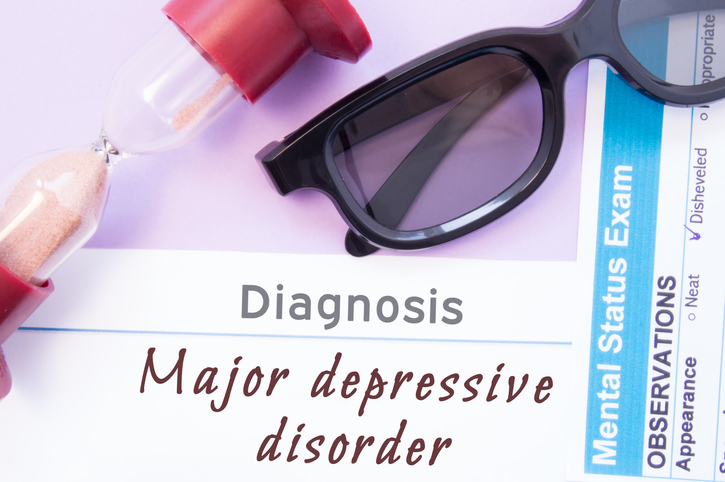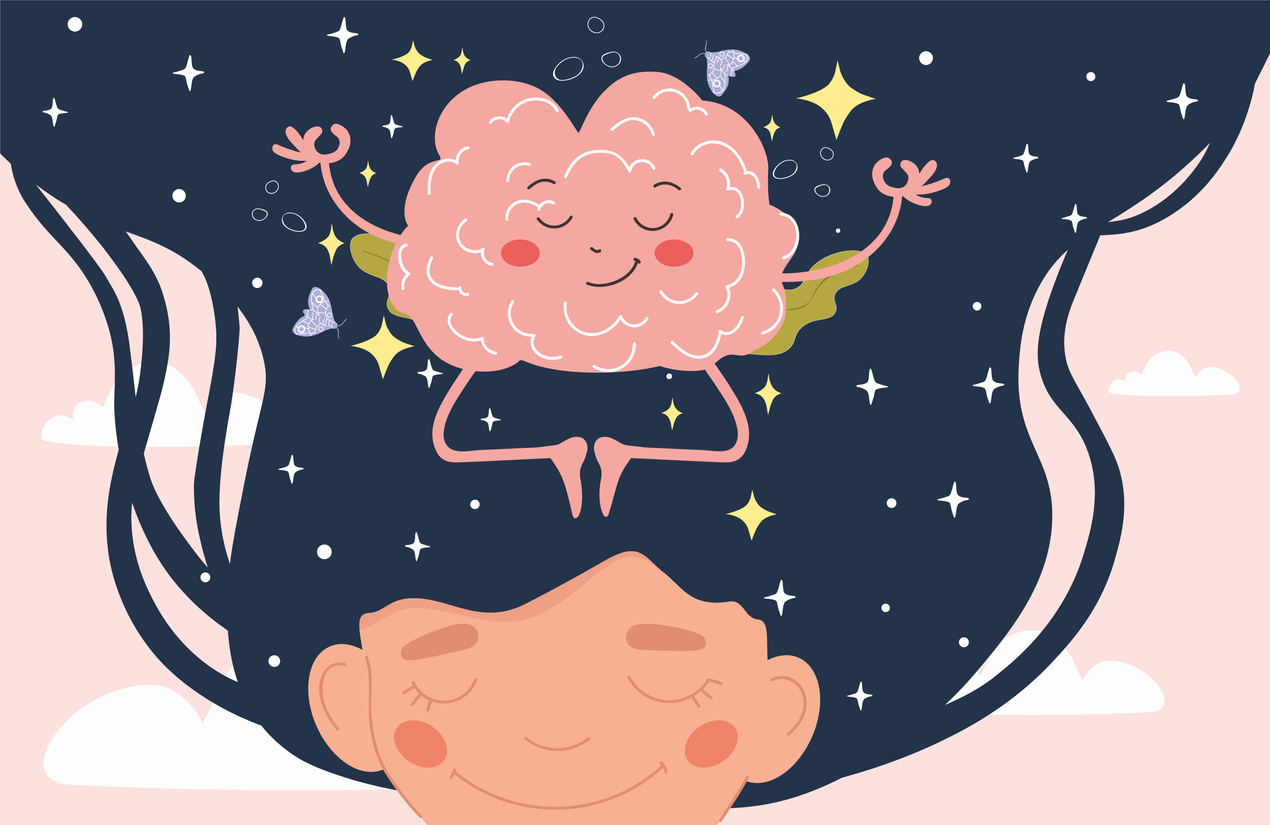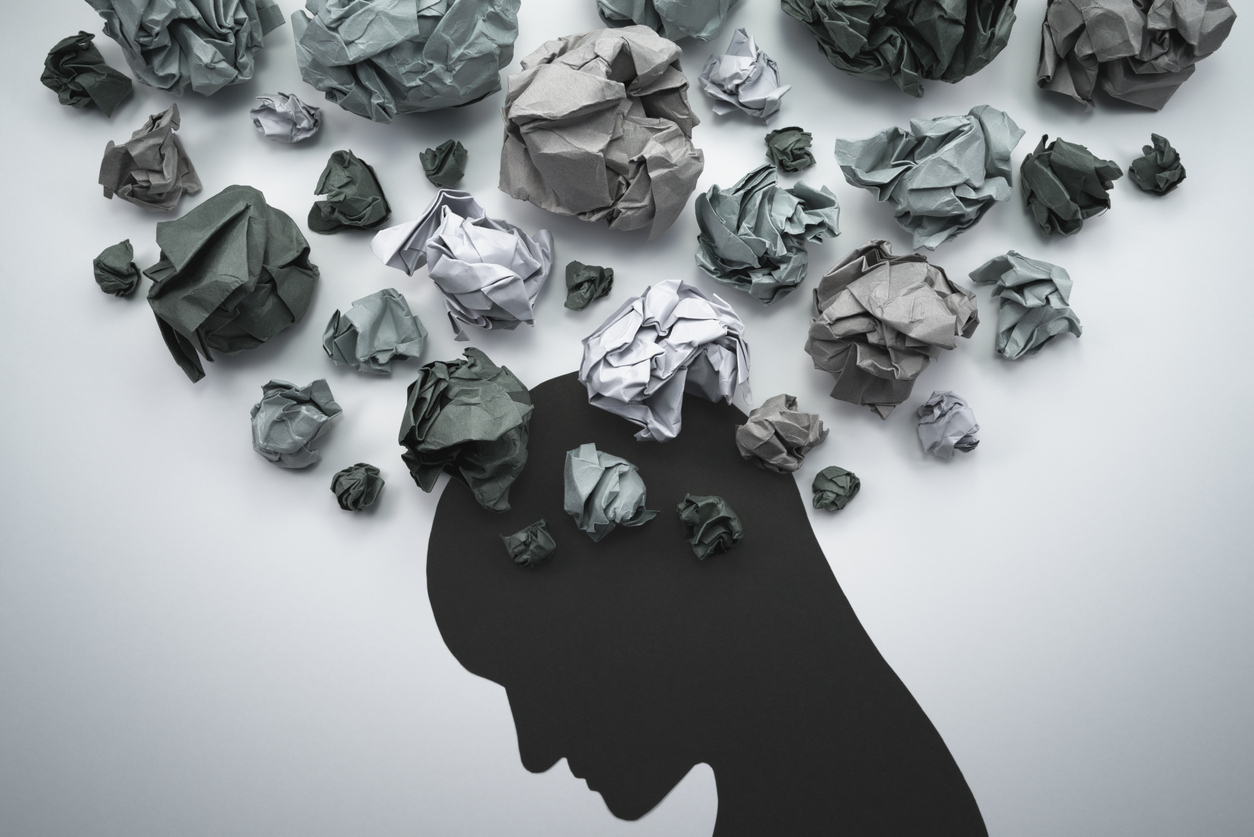Living with Chronic Pain
What Is Major Depressive Disorder (MDD)?

Everyone feels sad or depressed from time to time. Major life changes, such as the loss of a loved one, the loss of a job, the breakup of a relationship, or the diagnosis of a life-changing medical issue, can cause feelings of sadness or depression. In most cases, the sadness or depression lessens with time. When feelings of sadness or depression last longer than two weeks, it may be clinical depression, properly known as major depressive disorder (MDD).
Symptoms
Symptoms of MDD include changes in sleep patterns, changes in appetite, weight gain or weight loss, loss of interest in activities that were once enjoyed, fatigue, difficulty concentrating, loss of interest in sex, and possible thoughts of harming oneself.
Major depressive disorder can be difficult to detect, especially in teenagers. MDD may affect relationships as withdrawal from friends and family often occurs; this is especially difficult for children who have a parent with MDD.
Causes
The cause of MDD is not well understood. It is thought to be a combination of factors, such as genetics and stress-induced changes in brain chemistry. Changes in hormone levels are also thought to play a part. Certain medications, such as steroids, can cause depressive symptoms. It may also be triggered by stressful life events, alcohol use, or drug use.
Diagnostic process
Diagnosing major depressive disorder can be challenging. Diagnosis relies on self-reporting symptoms to a health care professional as no diagnostic test can confirm MDD. The diagnostic process involves a physician obtaining the following information: current symptoms, a full personal and family medical history, current medication use, and any drug or alcohol use. A health care provider will also determine if any other health conditions, such as chronic pain or hypothyroidism, are contributing to depression symptoms. A psychological inventory or test, such as the Beck Depression Inventory (BDI), may be used to determine if depressive symptoms have reached the level of major depressive disorder.
Treatments
Major depressive disorder is often managed with the use of antidepressants and psychotherapy (talk therapy). Cognitive behavioral therapy (CBT), a specific type of psychotherapy, is often used to treat MDD. It is important to note that antidepressant medications may take several weeks to work. Antidepressants should never be stopped suddenly; a doctor should be consulted before discontinuation. Special attention should be paid to anyone under age 25 who is placed on an antidepressant as the medication has a risk of increasing suicidal thinking and behavior in this age group.
If multiple trials of different antidepressants are not effective, electroconvulsive therapy (ECT) is a treatment option. Once known as electroshock therapy or shock therapy, ECT is typically reserved for severe major depressive disorder or treatment-resistant depression.
Alternative or complementary treatments
- Aerobic exercise
- Acupuncture
- Yoga
- Biofeedback
- Massage therapy
- Herbal remedies
It is important to note that certain herbal remedies cannot be taken with antidepressants as the combination may cause a fatal interaction called serotonin syndrome. Consulting a doctor or pharmacist before taking an herbal remedy with an antidepressant is essential.
Risk factors
It is estimated that between 20% and 25% of adults will experience major depressive disorder at some point in their lives. Experiencing one bout of major depressive disorder increases the risk of experiencing it again. If more than one episode of major depressive disorder occurs, it is important to be vigilant regarding signs that a bout may be approaching. Watching for possible triggers, making sure to take depression medication as prescribed, and talking to a health care professional as soon as signs of depression appear is essential for proper treatment.


















